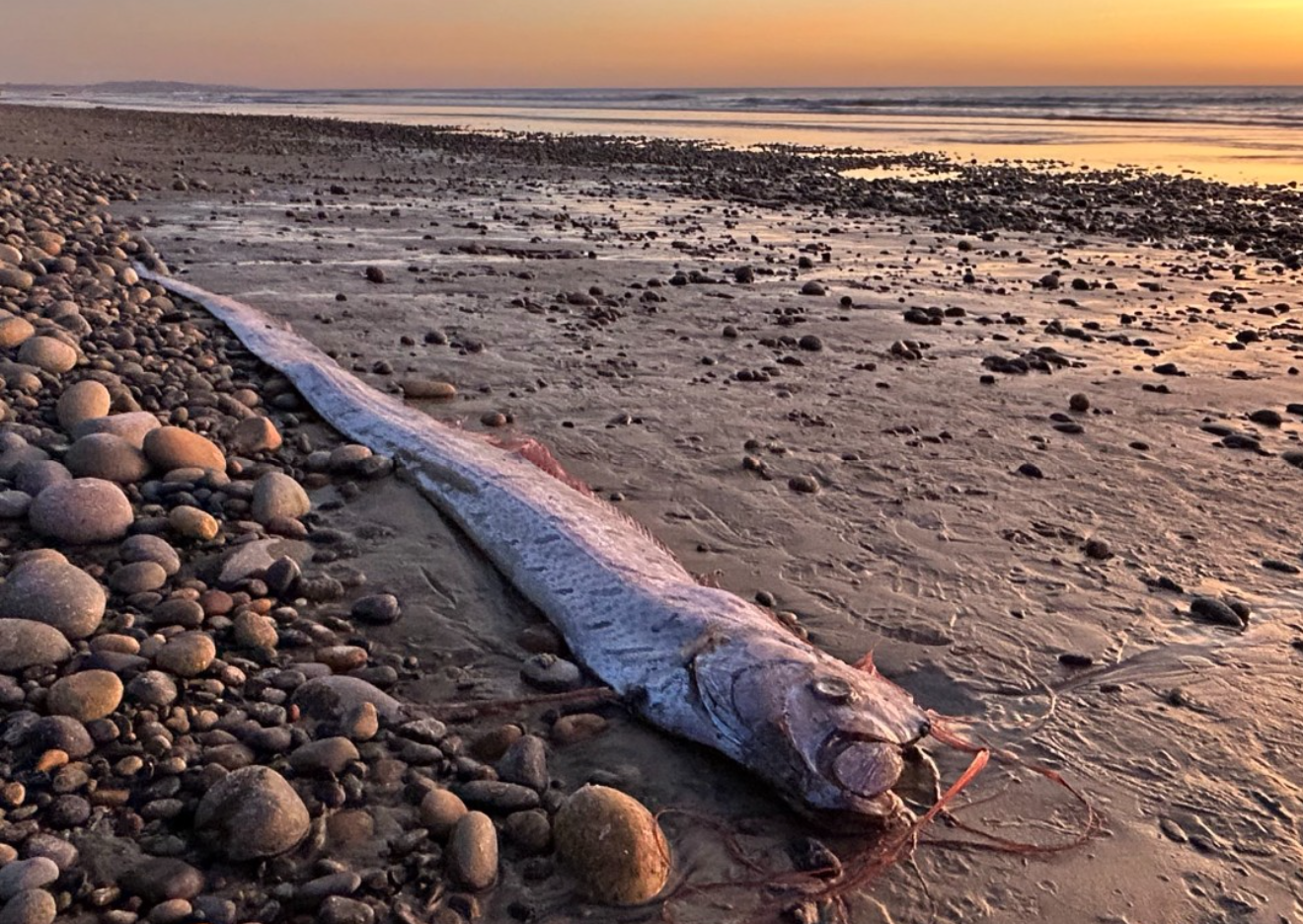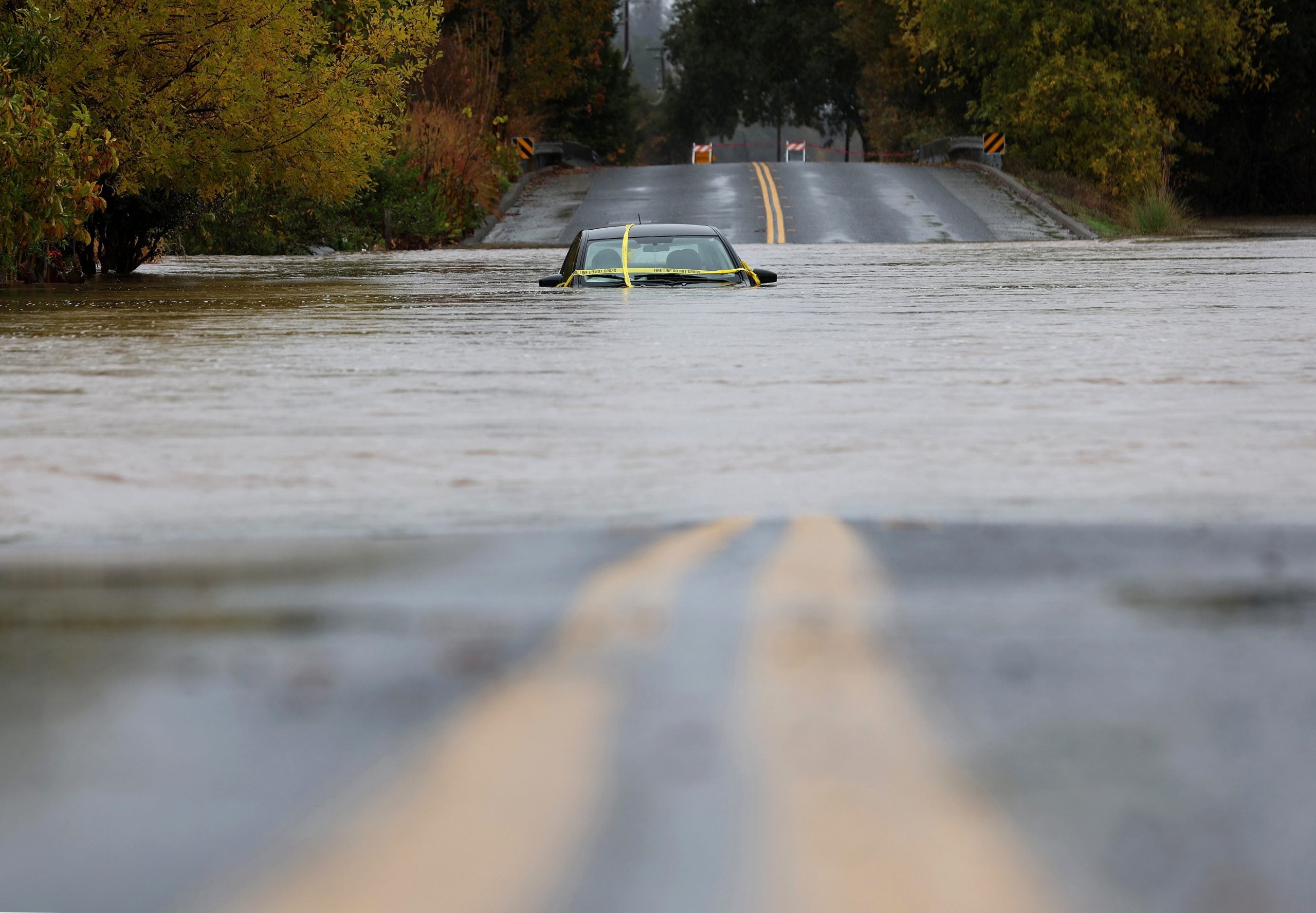ENCINITAS, Calif. – Another “doomsday fish” has made an unexpected appearance along the beaches of California, marking just the twenty-first sighting since the 1900s.According to Southern California’s Scripps Institution of Oceanography, an associate of the center recently discovered the specimen along the rocky coast, north of San Diego, near Encinitas.The fish measured only around 9 to 10 feet long, much smaller than the one recovered in La Jolla over the summer.Marine experts said they contacted NOAA Fisheries to recover the specimen and transport it to the Southwest Fisheries Science Center for further study.”We took samples and froze the specimen, awaiting further study and final preservation in the Marine Vertebrate Collection,” Ben Frable, manager of the Marine Vertebrate Collection at the Scripps Institution of Oceanography, said in a statement. “Like with the previous oarfish, this specimen and the samples taken from it will be able to tell us much about the biology, anatomy, genomics, and life history of oarfish.”‘DOOMSDAY FISH’ FOUND DEAD OFF THE COAST OF SOUTHERN CALIFORNIAAccording to NOAA Fisheries, oarfish are typically found in deep ocean waters, where they are rarely seen by humans.Because they live at such depths, the species is known as filter feeders, primarily consuming plankton and crustaceans deep below the ocean surface.According to the Ocean Conservancy, oarfish are commonly referred to as the “doomsday fish” because they are often sighted during times of disaster.Spottings of the fish have been noted around Japan during major earthquakes, but scientists say they have yet to establish a link between its appearances and events such as earthquakes, typhoons and tsunamis.YORKIE SURVIVES NEAR-FATAL SHARK ATTACK ALONG FLORIDA COASTThe Scripps Institution of Oceanography reports that there have been fewer than two dozen sightings of oarfish along California’s coastline since 1901.The species is known for its long, slender body, which can reach lengths of up to 36 feet – about the size of a school bus.So, why did a second oarfish wash ashore on a California beach this year?”It may have to do with changes in ocean conditions and increased numbers of oarfish off our coast,” Frable stated. “Many researchers have suggested this as a reason why deep-water fish strand on beaches. Sometimes it may be linked to broader shifts such as the El Niño and La Niña cycles, but this is not always the case. There was a weak El Niño earlier this year. This wash-up coincided with the recent red tide and Santa Ana winds last week, but many variables could lead to these strandings.”
/
November 17, 2024
‘Doomsday ish’ spotted again: Another rare specimen washes ashore on a California beach







